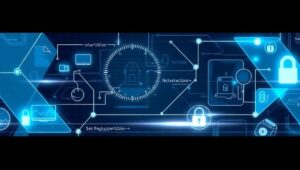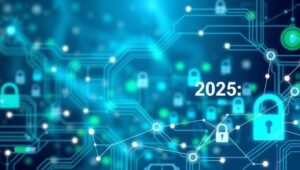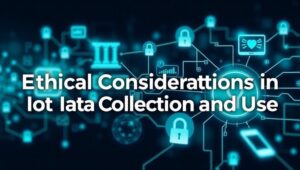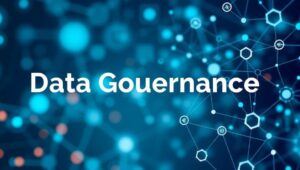June 2, 2025
The Role of Encryption in Protecting Gadget Data (Post-2025 Standards)
The Role of Encryption in Protecting Gadget Data (Post-2025 Standards) In an increasingly interconnected world, our gadgets have become treasure troves of personal and professional data. From smartphones and smartwatches to IoT devices, these devices collect and transmit vast amounts of information, making them prime targets for cyber threats. Post-2025, with advancements in technology and evolving cybersecurity landscapes, encryption plays an even more critical role in safeguarding the data stored and transmitted by our gadgets. What is Encryption? Encryption is the process of converting readable data into an unreadable format (ciphertext) using an algorithm (cipher) and a key. Only someone












